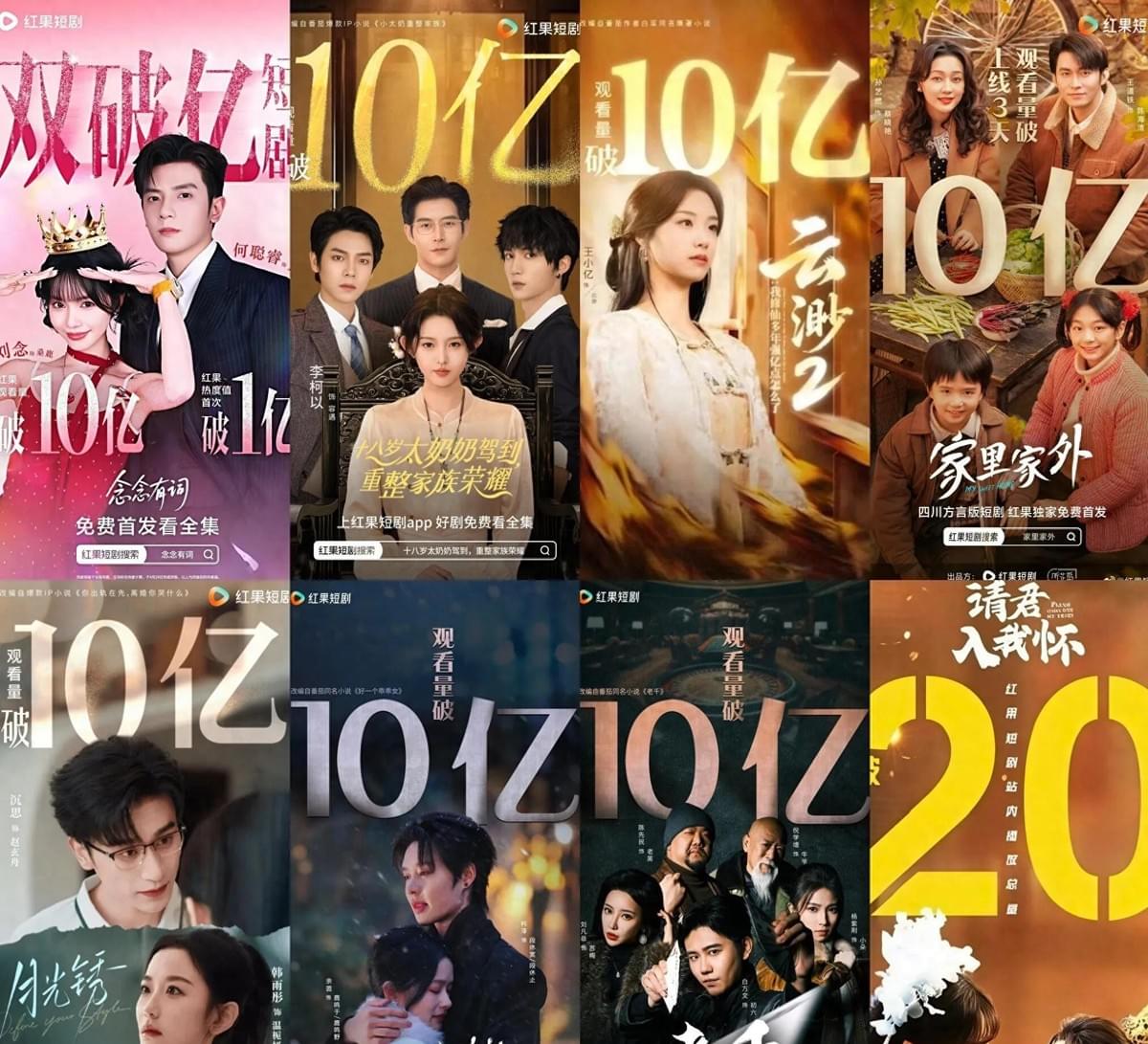In China, pop culture has long moved beyond simple entertainment. It reflects the values, social outlook, and technology habits of the younger generation. For anyone seeking to engage with China today, understanding these cultural shifts provides a valuable window into how young people think, behave, and connect. Here are some of the most noteworthy trends to watch:
Designer Toys: The Rise of Labubu
The designer toy craze has exploded among Chinese youth, with Labubu becoming a phenomenon. Originally created by Hong Kong illustrator Kasing Lung, this quirky fairy-tale creature has grown from a niche collectible into a mainstream obsession. On Douyin (China’s TikTok), videos tagged #Labubu have already surpassed 15.6 billion views. Limited-edition figures resell for many times their original price, turning Labubu into a form of “social currency.” Young people showcase, trade, and collect these toys not only for fun but also as a way to express individuality and build community. Behind the craze lies what many call “treatonomics”—a tendency to seek small, affordable pleasures in times of economic pressure. For Gen Z in China, these “little treats” bring quick joy, ease anxiety, and create shared experiences within their peer groups.

Pop Mart "Labubu" Offline Pop-up Event
Blockbuster IP: From Ne Zha to Black Myth: Wukong
China’s homegrown film and gaming industries are producing blockbuster IPs that rival global hits. The 2019 animated film Ne Zha set records at the Chinese box office, and its 2024 sequel, Ne Zha 2, went even further, grossing over RMB 15.4 billion (USD 2.1 billion) to become one of the world’s highest-grossing animated films of all time. The buzz extended beyond cinemas, fueling demand for merchandise and driving growth in the so-called “guzi economy”—the booming market for ACG (anime, comic, and game) merchandise, which reached RMB 168.9 billion in 2024, up more than 40% year on year.

Phenomenal Film "Ne Zha 2": Full House Attendance
On the gaming front, Black Myth: Wukong made history as China’s first AAA action RPG. Within its first year, it sold over 30 million copies worldwide and won multiple awards at the Game Awards (TGA), cementing its place as a cultural milestone. By blending classic mythology with cutting-edge technology, these IPs satisfy entertainment demands while strengthening a sense of cultural identity that balances global relevance with local pride.

Black Myth: Wukong Won Best Action Game at 2024 TGA
The Micro-Drama Boom
Another major trend is the rise of short dramas and micro-dramas, which are transforming viewing habits. Unlike traditional long-form storytelling, these series deliver bite-sized episodes lasting just 2–10 minutes. By 2024, the micro-drama market in China had grown to RMB 50.5 billion, surpassing the country’s annual box office revenue for films. Their fast pacing and mobile-friendly format make them the perfect fit for fragmented attention spans. Platforms like DramaBox and ReelShort are now spreading the trend to international audiences. For Chinese youth, micro-dramas are more than casual entertainment—they represent a new rhythm of attention and a different way of consuming stories and information in everyday life.

Popular Short Dramas With Over 1 Billion Views by 2025
Robots, AI, and the Future on Display
Robotics and AI are also shaping popular culture. Events such as the World Robot Games and humanoid robot competitions have gone viral on platforms like Douyin and RedNote, drawing millions of views. According to CNNIC, China already has 249 million users of generative AI products, with the highest adoption among people aged 20–29. For many young Chinese, robots and AI are not abstract technologies but part of their daily imagination of the future. The keywords are “useful, enjoyable, and indispensable.”

On-Site Shooting of Live Streaming Materials for AI Large-Model Digital Humans
At the same time, AI-powered virtual livestreaming is gaining traction in e-commerce. With just a short video and voice sample, brands can create a “digital twin” that streams around the clock, selling products without human hosts. While it raises questions of authenticity, for China’s digitally native generation, the novelty and efficiency of this technology make it highly appealing.
A Shifting Cultural Landscape
Taken together, these trends highlight the unique cultural ecosystem emerging among China’s youth. They balance global trends with local confidence, instant entertainment with curiosity about future technology. For anyone hoping to better understand China today, these phenomena illustrate how a new generation is shaping society in real time. Before you engage with Chinese students or explore opportunities in this market, it’s worth taking note of these cultural signals. They offer a vivid window into the complexity, dynamism, and direction of contemporary China.
